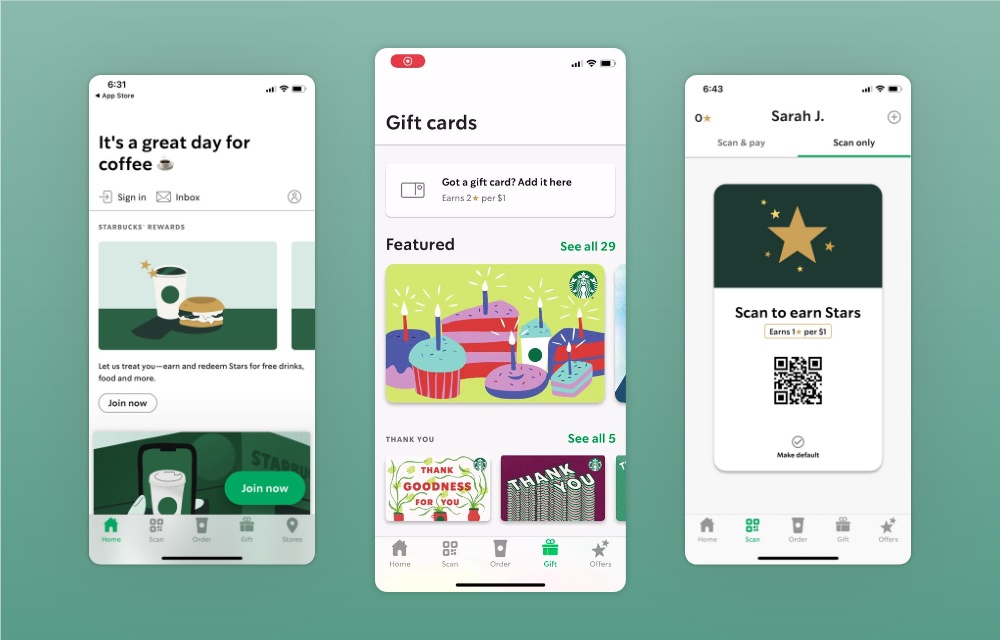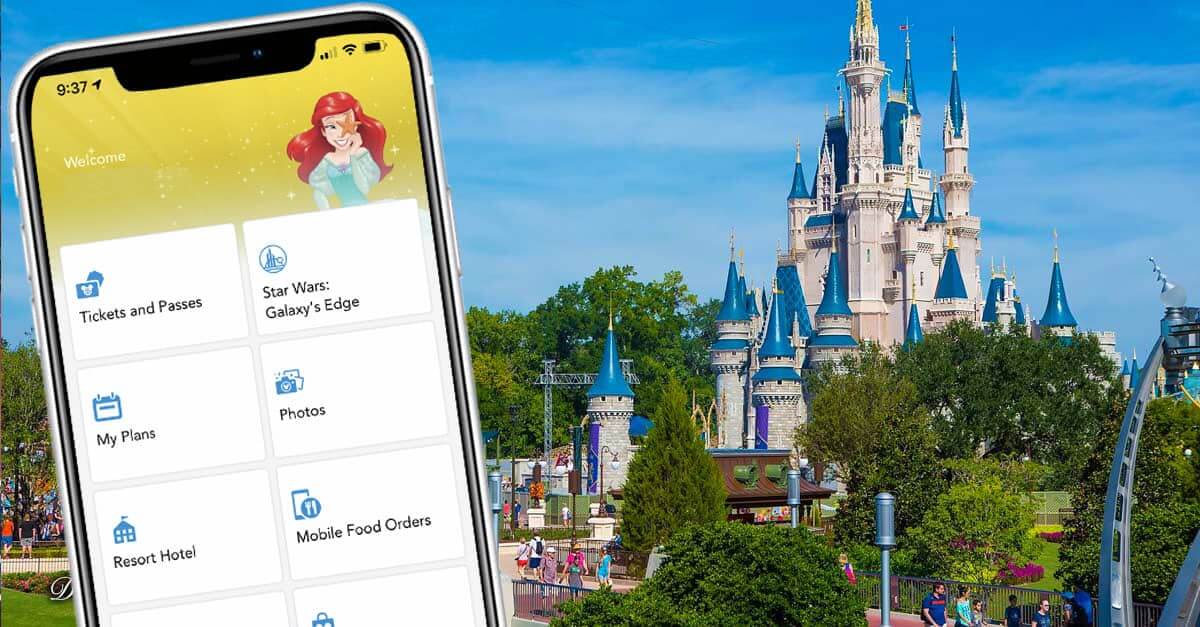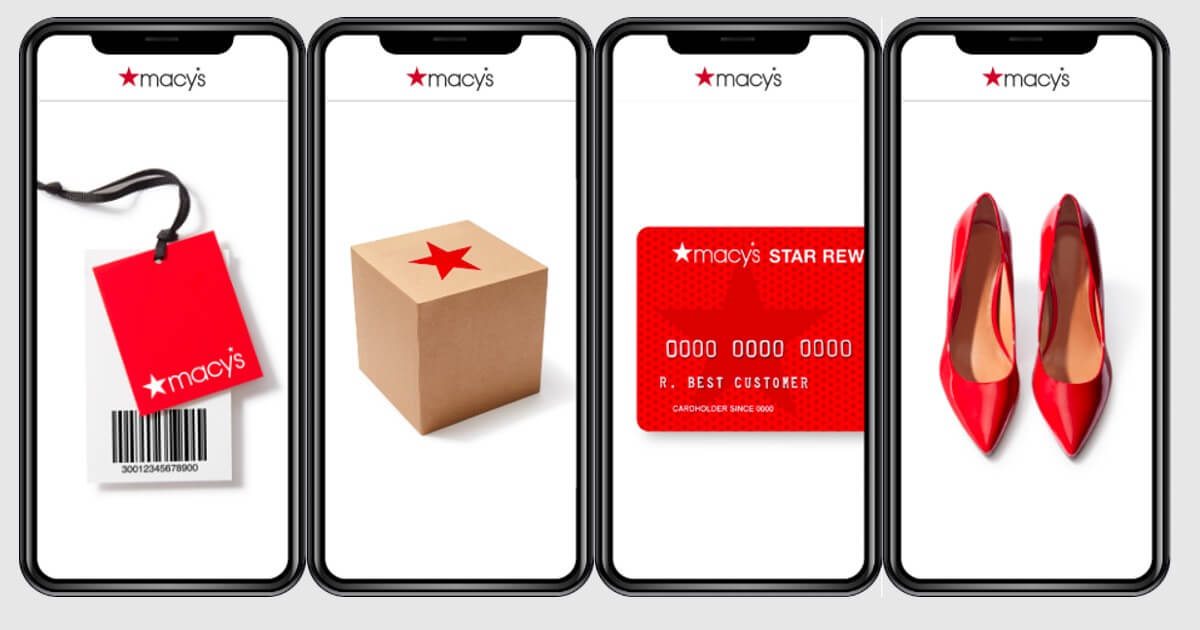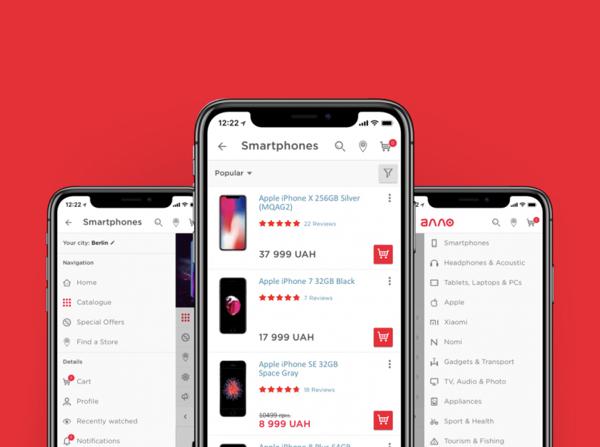Tag: temptag
Mobile App in Omnichannel Marketing: Use Cases and Trends
Before the internet era, purchasing happened in brick-and-mortar stores. But the relationship between a buyer and a business began much earlier than a shopper’s visit to the store. Maybe, a buyer saw a TV commercial first, or maybe their friend recommended a product to them. They looked at different products in windows and compared the prices.
Consumers are ready to pay to buisnesses, that make their lives easier and care-free. Omnichannel experience delivers just that
After a while, they decided on a brand and checked the newspaper to see the available models. Then, they focused on a single model and visited several shops to see how they compared in terms of price, warranty, and after-sales support.
The world we live in today isn’t much different, except that most of these steps are now performed online. Instead of a world where business is happening in multiple physical locations, it is happening online across multiple devices and platforms.
What is omnichannel marketing?
Omnichannel marketing is when your business provides a seamless experience across multiple online and offline platforms. I
More and more businesses are adopting an omnichannel app architecture to provide a consistent experience across all possible devices. Today’s sales process might start on a tablet at the kitchen table when the customer clicks an ad on Facebook that takes them to the mobile version of your website. Later in the day, they want to check out your web page to get familiar with your brand and see an overview of your product line.
Then, they might download your app on their phone and compare the models or read previous buyers’ reviews while waiting for an elevator. The process continues as the customer bounces between these devices.
Tracking a single device to represent a customer through the sales pipeline has become outdated. Each customer likely has several devices, such as desktop computers, laptops, tablets, and smartphones.
Despite this new reality, most online retailers have failed to fully utilize all that omnichannel applications can provide. Customers look for products daily and tend toward frictionless and engaging experiences spanning all their devices.
In this article, you’ll learn how to build an omnichannel experience for your business with the help of mobile app development services, and what place omnichannel mobile apps have in this ecosystem.
Omnichannel market overview: trends and statistics
More often than not, people go through several stages before making a purchase, even if it happens at the store. According to Thinkwithgoogle, 63% of all shopping occasions start online.
According to Saleslion, 65% of shoppers check prices on their mobile devices at a physical store. They can also read reviews, check special mobile offers a shop provides, and make a final decision.
Mobile apps have become an extremely popular part of the shopping experience for buyers. Retail m-commerce (mobile ecommerce) sales are expected to reach 43.4% of the total ecommerce sales in 2023 and 44% by 2025.
Although web shopping is still more popular, with 68% of buyers using mobile websites, mobile app users (32%) report higher satisfaction with their shopping experience.
But even if the purchase doesn’t happen in a mobile app, 60% of millennials expect a consistent experience from brands regardless of the platform: the interaction needs to be seamless online, in-store, or on a mobile phone.
This means that if you don’t have at least a mobile website for shopping, you’re losing money. If you don’t have a mobile app, you lose the retention, loyalty, and satisfaction of your buyers, which naturally reflects on your revenue as well.
Features of omnichannel marketing
Close communication between product and marketing teams
All your teams must be on the same page to build a solid omnichannel strategy. Often, product and marketing teams focus on their immediate tasks and try to sync right before the release. All your departments, including development, marketing, product, and sales teams, should align towards a common goal.
Consistent UX and consistent messaging
The development and product team should focus on implementing a unified user experience across all platforms. In contrast, the marketing team needs to pay attention to their messaging in stores, on a website, and in a mobile app. All these elements need to be aligned for a successful omnichannel marketing strategy.
Personalized experience
The essential principle of a high-quality omnichannel experience is “do not ask your customer twice.” This means that if your customer has registered on a website, they should be able to log in to the same account in their mobile app. If they have a loyalty card, it should appear on their account too. Their payment information and previous experiences should be visible across all channels.
Data collecting
Data tracking is essential for personalizing and improving your product. Make sure to track your active users, sales volumes, and other KPIs across all of your channels. If you feel like one channel doesn’t bring as much revenue as others, you can drive a part of your audience there from a more popular channel.
To do this, retailers often have mobile-only offers or add unique gamification features and loyalty programs to their mobile applications. You can also drive more people to your physical store through mobile apps by using location-based notifications and NFC tags.
Monitoring in-app behavior
Watch what your buyers are doing in an app. Are they just searching for products and comparing prices without buying anything? This may mean that they buy products in your physical store after making a decision. Or maybe they order home delivery from your app?
Monitor how users behave in your app to adjust your campaigns, make changes to the user flow, and look for any bottlenecks that prevent your users from making a purchase.
Cross-channel A/B testing
Omnichannel systems are complex, so your experimentation should never end if you want to grow as a business. Test all your channels, create several versions of your campaigns, and experiment with messaging — this will allow you to optimize your omnichannel ecosystem and support buyers at every stage of their journey.
Examples of great omnichannel experiences
Starbucks

Starbucks is one of the best examples of omnichannel, personalized experience. They offer an omnichannel application where users can order ahead and cut the waiting time. All the data in the app, including the order history, card balance, rewards, and personal preferences, is updated automatically across all channels.
Starbucks increases its revenue and retains customers by promoting new drinks and special offers in its app and having a great loyalty program.
Disney

This article isn’t only about retail and ecommerce: the entertainment industry invests into omnichannel and application development too. Disney is one of the most prominent examples of this.
Their omnichannel customer engagement app allows visitors to create a plan before their trip to the park, get a guide through attractions, track an itinerary, and make reservations. The app helps visitors to personalize their experience based on their interests, age, and preferences.
The app cuts the waiting time for attractions by giving access to a virtual queue and detailed information about showtimes and hours.
Macy’s

This retail chain also uses an ecommerce omnichannel app to enhance the buyer’s experience, and cleverly ties it with the physical infrastructure of their stores that includes smart fitting rooms, wall-mounted tablets and other devices. So, Macy’s hasn’t just invested in another shopping app. They made sure the app integrates with what they offer in stores.
With this mix of online and offline reality, Macy’s customers can easily discover products, go through checkout faster, scan items for availability in different locations, create complete looks, and get personalized product recommendations.
This omnichannel strategy allowed Macy’s to increase their digital sales by 36% in 2019 and 12% in 2021.
How to personalize the mobile app experience for omnichannel marketing
How do you increase your revenue through personalization in your omnichannel marketing system? Here are the steps you can take.
1. Map your buyer’s journey and build a strategy
First thing you need is to analyze how your customers make a purchase and what steps they take before making the final decision. Learn what offers, content, messages, and resources you can use to support them at each stage of their journey and build a strategy across all channels.
2. Build a data strategy
You need to collect and analyze data about your user behavior, demographics, and preferences. Build a holistic data strategy, as it’s easy to drown in endless datapoints and KPIs. Make sure to track only the data that matters for your core goals.
Also, align your data strategy with the laws and regulations: be transparent on how data is used, and protect it with strong security measures.
3. Choose a personalization tool
Choose a flexible and scalable tech stack and a toolkit that will allow you to personalize experiences across multiple platforms and channels. This usually means cloud-based technologies that update user data in real-time on all platforms.
4. Experiment and test often
Take an agile approach to mobile app development: experiment a lot and work through your strategy in small bits that are easy to test and validate. There are lots of ways to test your ideas: push a new feature or campaign to a limited number of your users, perform A/B testing, and use focus groups to find the best solution.
Final thoughts
Omnichannel experience is key to higher user satisfaction, efficient marketing, and, consequently higher revenue. In this article, you’ve learned what place mobile apps take in an omnichannel strategy.
We at Mobindustry have worked with ecommerce, logistics, healthcare, and other businesses and helped them build a perfect ecosystem with both online and offline elements. If you’d like to power your business with a digital solution and integrate it into your current operations, don’t hesitate to contact us!
With us, you can find and hire iOS developers, Android developers, and all kinds of software development specialists that will help you turn your idea into an efficient, profitable solution.


